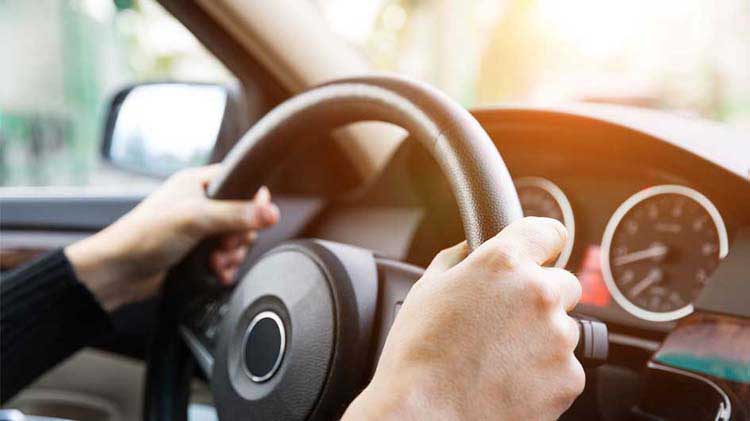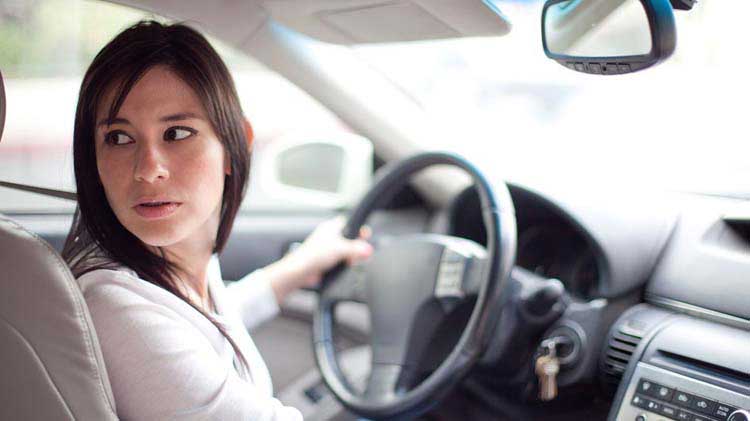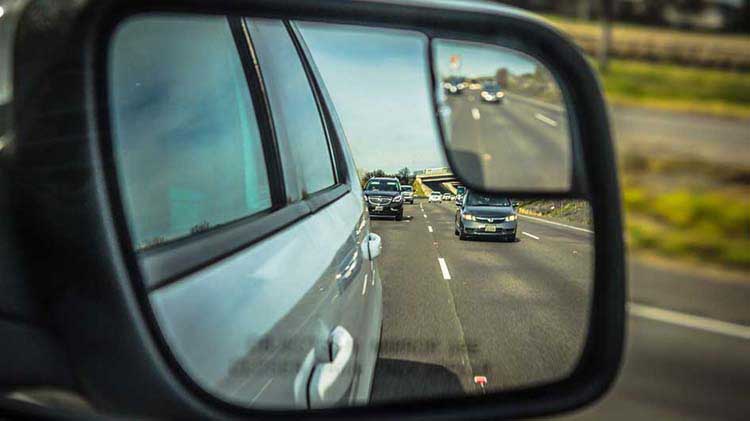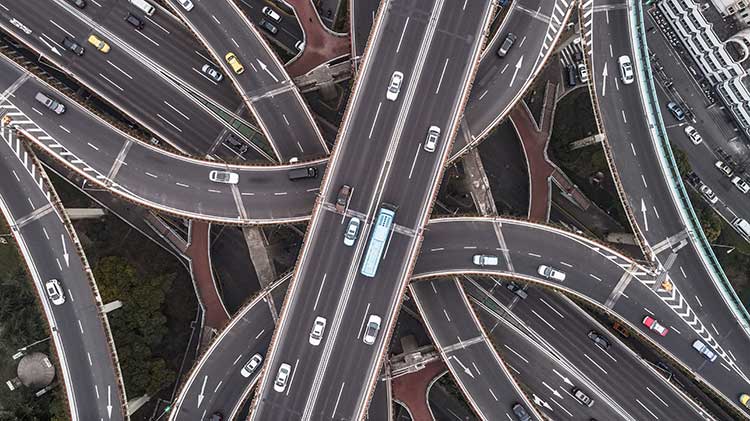Self driving cars and the future of automated driving
Experts predict that putting software in charge of vehicles will impact safety, city planning and the economy.
The National Highway Traffic Safety Association writes that we may be seeing fully automated cars on the road in 2025. While you might have to wait a few more years for everyday interactions with self-driving vehicles, self-driving vehicle technologies have already made an impact on our roads, our daily driving and our expectations of vehicle possibilities.
Levels of autonomous driving
Most modern passenger cars already include at least one advanced driver-assistance feature such as adaptive cruise control or lane assist. The Society of Automotive Engineers defines 6 levels of driving automation ranging from 0 (fully manual) to 5 (fully autonomous).
Some manufacturers have rapidly pushed the envelope with semi-autonomous features that can put cars on autopilot, though still requiring an attentive human driver to be ready to take control. This would be considered a Level 3 on the automation scale.
Drivers and driverless cars
Some organizations like the Insurance Institute for Highway Safety theorize that driverless cars will be able to reduce accidents, but they acknowledge that more technology is needed to continue to reduce possible accidents. Further data is being accumulated to compare driver vs. driverless crashes including these crash errors: sensing and perceiving, predicting, planning and deciding, execution and performance, and incapacitation.
Many cars on the road today have advanced driver assistance technologies. It will be interesting to see how the automotive industry changes in the next decade.




